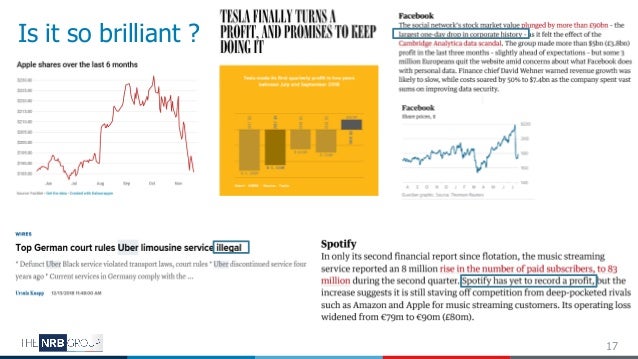


- #Million song dataset challenge predict year movie#
- #Million song dataset challenge predict year plus#
When bands find out which of their songs are most liked, they can make sure they perform it more during their concerts. The study of consumer behavior and music-related purchase patterns opens the door to a lot of possibilities. Music is a product, and we are its consumers. Once those heights are reached, that signals it’s time for the fan clubs, talent managers, and record label execs to take notice.ĭetail # 2: What we buy.
#Million song dataset challenge predict year plus#
Same goes for the indie artist with a hundred thousand plus followers on Twitter. For the casual and curious, this information is enough to go on – if a not-so-famous band’s Facebook page likes are rising to the millions, chances of them hitting it big by the end of the year are high. Comparisons with similar artists are made easy through detailed graphs. Every member can study a comprehensive overview and tally of any music artist’s page views, likes, followers, and mentions on their official social accounts. Social media metrics are one of the key ingredients in the formula Next Big Sound uses to identify music successes in the making. Let’s face it – along with the hashtag and the ❤ button, the Facebook ‘like’ is powerful, maybe powerful enough to predict music’s next biggest shining star. Every time you post a YouTube video or your favorite song lyric, every time you use an app to invite friends to a concert you bought tickets to, every time you share that you bought an album, you are making it easier for the Internet – and the world – to determine which acts are worth watching. You and I have the tools to root out promising musicians. Before we do, though, it’s important to know what data points are being analyzed to make these conclusions.ĭetail # 1: What we like, or more importantly, what we ‘like’ on our various social media outlets. The difference is, we now have a lot more numbers to look at than record sales and radio plays, and access to this information is available to anyone, not just record company bigwigs. But the question remains: Can something as personal and abstract as music be based on metrics, or does fate still have a hand in it all? The details in the fabric (of music data)īig record companies have always crunched numbers to divine the next big acts – ultimately, every successful star is a cash cow for someone.

Artists looking to break through to mainstream success may need to look no further than the numbers to chart their way to the top. Thanks to the rise of online music consumption and the use of social media to discuss musicians, we have a clearer window into music consumption than ever before. The world of sports has clearly been able to turn metrics into measurable, real-world predictions … so why shouldn’t it work for other markets as well? Why not use math to see into music’s immediate future? It’s happening. According to a New York Times feature on Battier, high-level statistical data compiled on all Battier’s opponents allows him to familiarize himself with the weaknesses of a better team. There’s also Shane Battier – currently an NBA player for the Miami Heat – who’s regaled as a “No Stats All-Star” for his immense pre-game preparation that entails exhaustive study of his opponents, especially the players he is assigned to guard. And Silver, of course, got his start in stats with baseball. We’ve fallen in love with data – look no further than the 2012 presidential election and the triumph of Nate Silver to prove this.

While Brad Pitt may have been nominated for an Oscar for his performance, the art of sabermetrics managed to steal the spotlight.
#Million song dataset challenge predict year movie#
In case you missed the movie Moneyball, here’s a quick summary: It’s based on the true story of Billy Beane – General Manager for the Oakland A’s American baseball team – and how he used computer-generated statistical analysis to overcome a tight budget and wrangle a roster of inexperienced players.


 0 kommentar(er)
0 kommentar(er)
